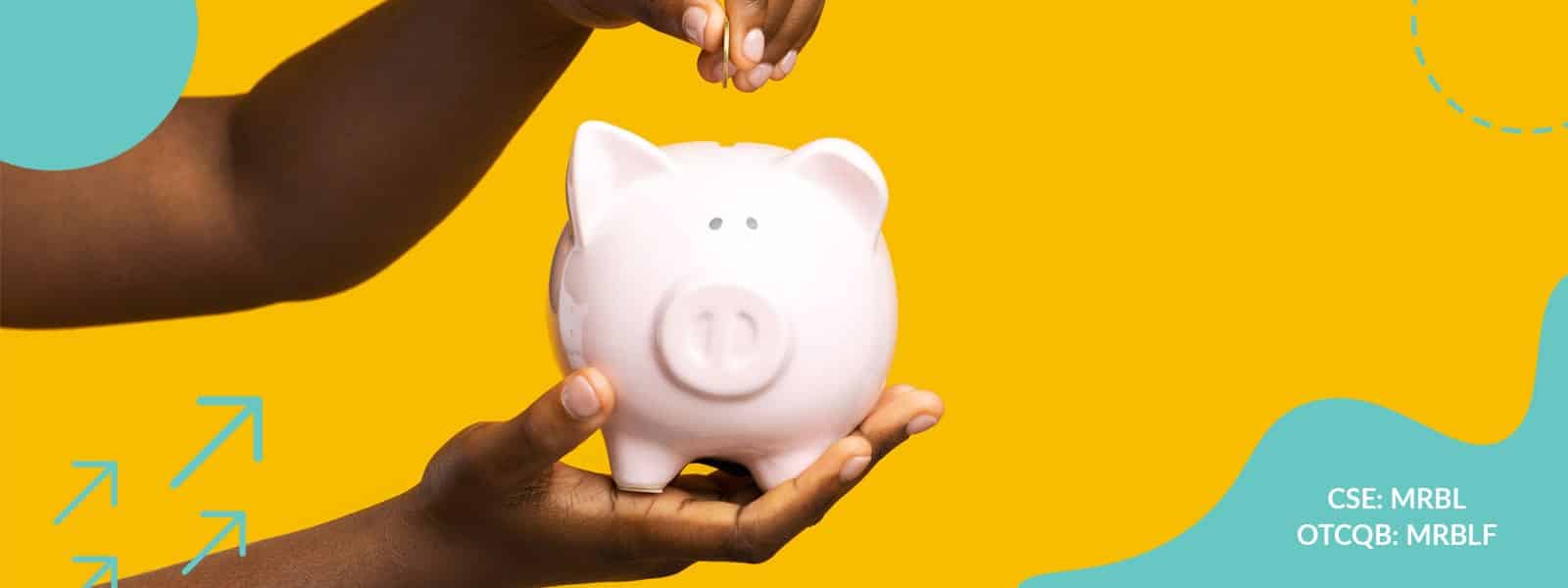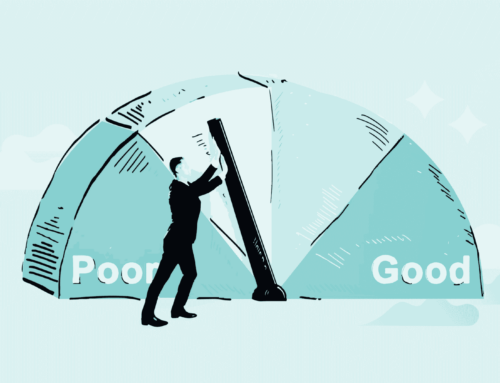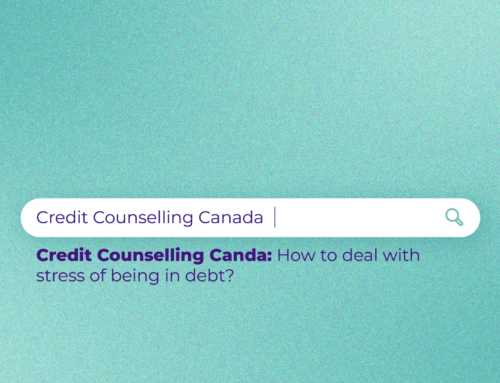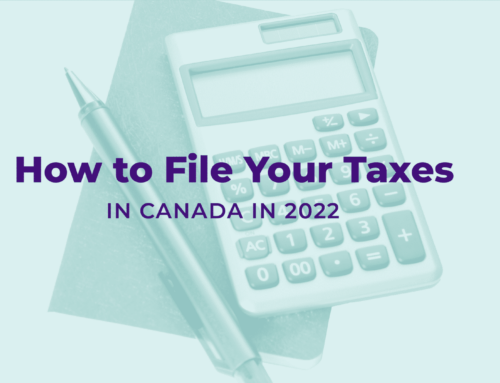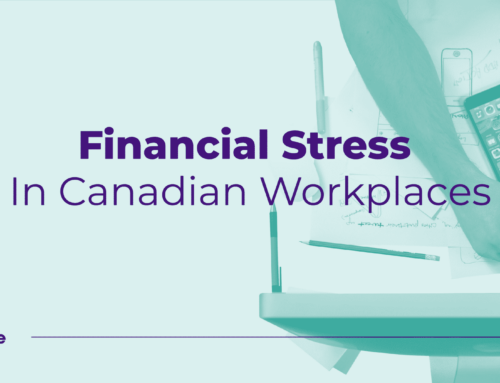Saving and preparing for you and your family’s future is very important. Whether it’s budgeting for your children and to ensure they have the opportunity for education, or for yourself and your spouse to guarantee you have enough money for your retirement. RRSP vs RESP are both registered investment accounts that offer you ways to save. Depending on your current situation, you may want to open one account or even both. Let’s learn more.
What is RRSP?
RRSP stands for Registered Retirement Savings Plan. Whereas it’s in the name, RRSP is a type of financial holding savings and investment asset plan that you establish for retirement savings. Both you and your spouse or common-law partner can contribute to this account.
This is a tax-advantaged account that the government created to specifically provide tax breaks to those who invest money in RRSPs. This type of account is also a way to encourage Canadian’s to put money away for retirement. Tax-advantaged means, in practice, “free government money”.
How Does RRSP Work in Canada?
So how does as tax-deferred account like RRSP work? Let’s say you make $50,000 and you decided to put a maximum allowable into your RRSP of $10,000. When Tax Day comes around, CRA will treat as if you earned $40,000. But tax-deferred doesn’t mean tax-free.
Eventually, you will have to pay taxes when you withdraw your money. But since you’ll be retired at this stage, your income will be a lot smaller, meaning your tax rate will be too.
How Do You Apply For RRSP?
You can set up an RRSP through your financial institution whether it’s a bank, credit union, trust or insurance company. From here, your selected institution will advise you on the type of RRSP and investments they have available for you. You can apply for an RRSP with your spouse and common-law partner to ensure that your retirement income is split evenly between you both. This will benefit your retirement budget.
What is RESP?
RESP stands for Registered Education Savings Plan. RESP is a tax-sheltered and government-supported investment account to help Canadians save towards their child’s post-secondary education. An RESP allows your contributions to this account to grow tax-deferred until the money is withdrawn from the plan.
This savings plan is a great way to give your child a kick-start in their financial life. Many students leave post-secondary education with a lot of debt and stress, but with an RESP you can ensure your child leaves debt-free. This way, they can concentrate on saving and investing when they graduate, giving them long-term financial security.
How Does RESP Work in Canada?
One huge advantage of an RESP is that the government will contribute up to $7,200 over the life of the plan. This is an incentive for Canadians to save. The Government of Canada will match 20% of your contributions to a maximum of $500 per year.
This is free money from the Canada Education Savings Grant (CESG) that can be invested into this account in order to grow your interest, dividends, and capital gains until your child makes their withdrawal for their education. Let’s say you contribute $3000 to your RESP account – you will then receive $500 from CESG directly into this account, bringing your total to $3500.
Opening an RESP and Selecting your Plan
In order to open an RESP, you simply need a Social Insurance Number (SIN) for your child, and one for yourself. Then, you just need to choose you’re the right RESP provider.
Anyone can open an RESP – grandparents, siblings, friends or parents – for a child. You can open an account by yourself or jointly with your common-law partner or spouse. While you open the plan for a child, you can name yourself or another adult as the account beneficiary.
You can open an RESP at a bank, a credit union, a mutual fund company, an investment dealer or a group plan dealer. Group plans are offered and administered by organizations that offer group scholarship plans.
Here are the three types of plans:
Family Plan
This plan is ideal if you have more than one child. This way, if you have multiple savings, all children named can benefit. They may be your children, stepchildren, grandchildren, brothers, sisters or any adopted.
Individual Plan (non-family)
This plan is specifically for you to save for a child that is not related to you. There can only be one beneficiary named in this RESP. You can open this type for either yourself or another adult; however, the CESG can be paid only to eligible beneficiaries.
Group Plan
A group plan is for only one child, that doesn’t have to be related to you. This is ideal if you can make regular payments throughout the term of the RESP. Your savings are pooled together with those of other people, and how much each child gets depend on how much money is collected in this group account.
These plans are provided by group plan dealers who usually invest the money in low-risk investments. These group plans can vary, so it’s advised to read the plan rules carefully.
RRSP vs RESP: Which To Choose?
As we mentioned at the beginning, you may want to open both of these accounts and contribute to them as often as you can. Whereas one account is to better your child’s education, the other will help you to ensure you’re financially supported after retirement.
Both of these accounts will save you money, but they still differ dramatically. RRSPs will allow you to contribute as much as 18% on your income and will only tax you on the post-contribution income amount. RESPs will also help benefit you financially. This is through the government providing matching funds for 20% of your contribution up to $2,500 per year – which is $500 per year. The maximum lifetime limit for this contribution is $7,200.
Marble Financial (CSE: MRBL; OTCQB: MRBLF). We are a group of forward-thinking financial technology experts that understand Canadian’s occasionally need help in achieving longer-term credit health. Through our industry-leading proprietary technology solutions Fast Track Loan, Score Up, and Credit Meds. We guide our customers back to mainstream credit 50% quicker than traditional methods. Since 2016, We are proud to have empowered thousands of Canadians to a positive financial future. With this, we continue to establish ourselves as a leader in financial wellness.


